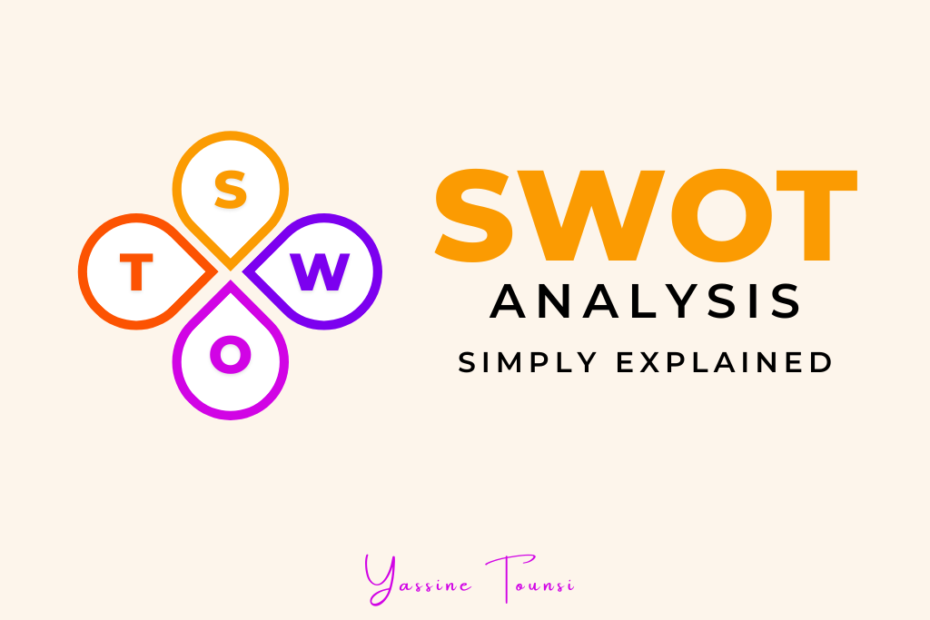SWOT analysis, or SWOT matrix, is an essential tool for constructing a business or a project strategy. The term “SWOT” is an abbreviation for Strengths, Weaknesses, Opportunities, and Threats. SWOT analysis is usually used to help evaluate and identify your project assets as well as any potential gaps, aka the project’s or the organization’s strengths and weaknesses.
Obviously, strengths represent positive internal elements such as having established processes, a knowledgeable and skilled team, as well as available funds for instance. On the other hand, weaknesses are internal negative aspects such as the lack of knowledge or resources. Simply put, strengths represent a competitive advantage, while weaknesses are lacking one or several key success factors compared to competitors.
In addition to these two internal elements, the SWOT analysis examines two external facets: Opportunities and threats. Positive external aspects such as lack of competition, being a leader in the market, or the availability of new technology all represent opportunities for the project. However, the negative external aspects your project faces such as high competition, new constraining regulations, and lack of suppliers represent threats.
In order to efficiently perform a SWOT analysis, you need to be transparent; you should not hide or overlook any negative aspects. Instead, you should meticulously identify all aspects, whether positive or negative, internal or external, in order to figure out whether your project idea is valid or not and to ensure that your planning, once you proceed with the idea, is based on accurate analysis.
When properly conducted, this method provides an overview of the current situation, hence allowing you to better understand and manage your project. Plus, it can help you overcome any potential risks that you might face by addressing the identified threats as well as conduct improvements in the short and medium term by capitalizing on opportunities and taking advantage of your strengths.
